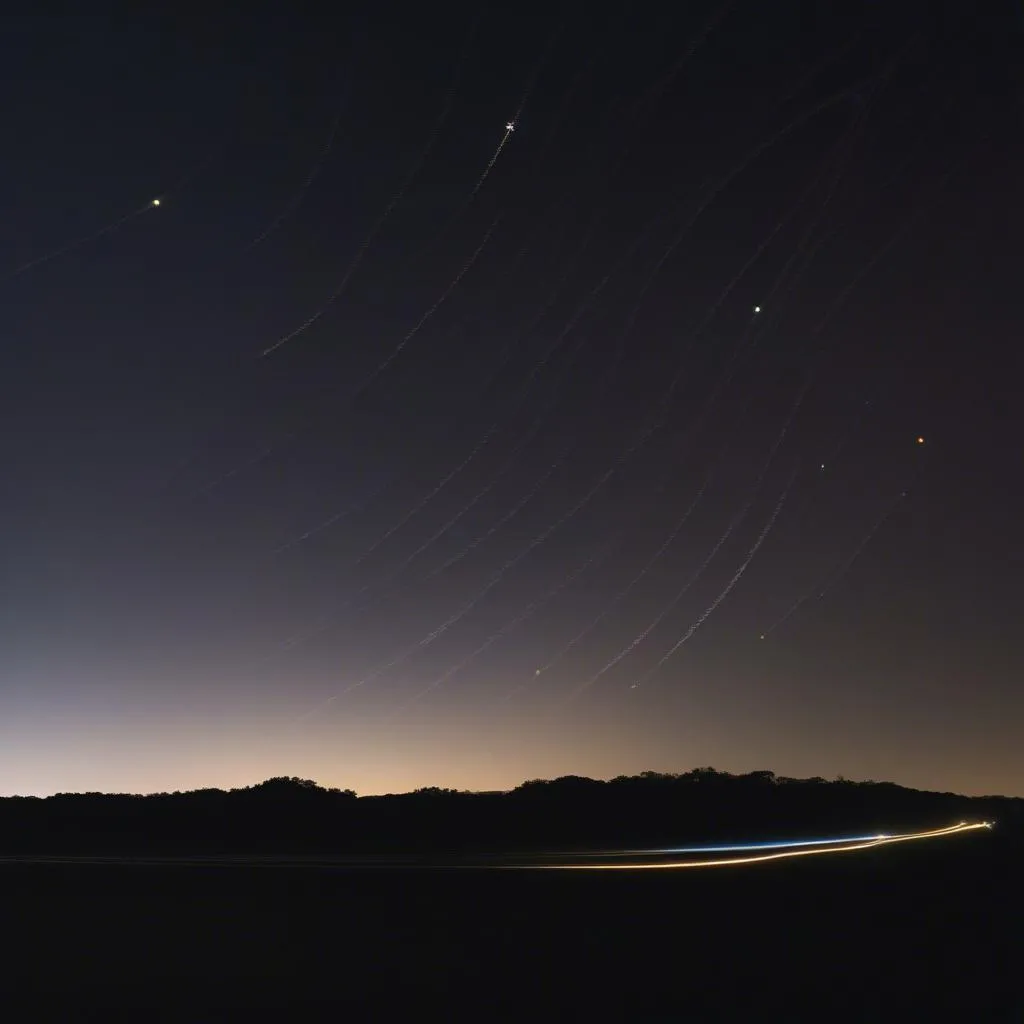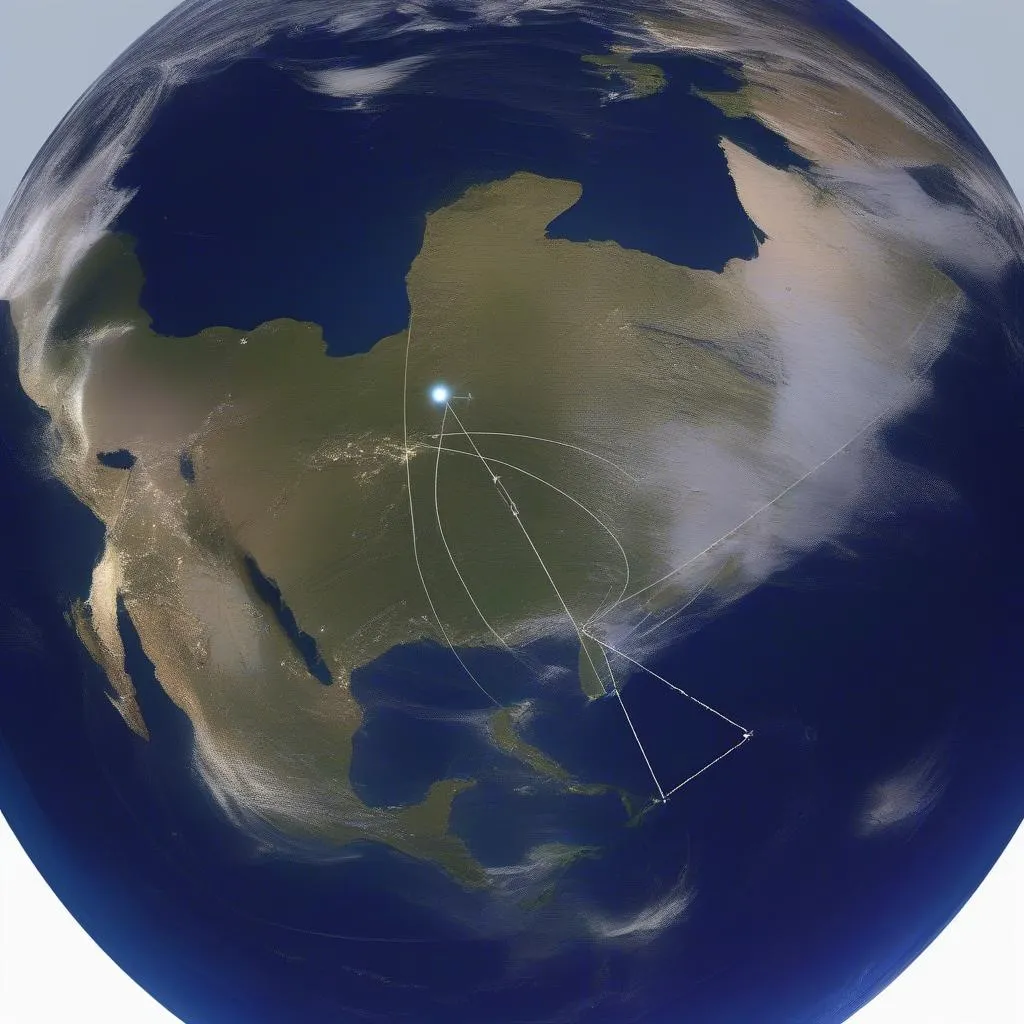Imagine gazing up at the night sky, a canvas of twinkling stars, and then witnessing a string of lights steadily moving across the horizon. That’s not science fiction; that’s Starlink, SpaceX’s ambitious project to provide global internet coverage. But have you ever wondered, just how fast do these satellites zip across the cosmos?
The Need for Speed: Understanding Starlink’s Orbital Velocity
Starlink satellites don’t just float aimlessly above us. They orbit the Earth at incredible speeds to counteract the pull of gravity. Let’s delve into the science behind it:
Orbital Mechanics 101
- Gravity: The Earth’s gravitational pull is the primary force keeping Starlink satellites in orbit. Just like a ball thrown upwards eventually falls back down, a satellite needs sufficient speed to avoid plummeting back to Earth.
- Orbital Speed: To stay in orbit, Starlink satellites need to maintain an average speed of roughly 17,000 miles per hour (27,000 kilometers per hour). That’s about 7 times faster than a bullet!
Why So Fast?
The answer lies in their altitude. Starlink satellites reside in low Earth orbit (LEO), much closer than traditional geostationary satellites. This lower altitude allows for:
- Reduced Latency: Signals travel faster over shorter distances, resulting in lower latency for internet connectivity.
- Constellation Coverage: With thousands of satellites in LEO, Starlink can provide internet access to even the most remote corners of the globe.
A Sight to Behold: Spotting Starlink Satellites
In the days following a Starlink launch, it’s not uncommon to see a “train” of these satellites traversing the night sky. This occurs because they’re still closely grouped together before maneuvering into their final orbital positions.
Tips for Stargazing:
- Websites and Apps: Several websites and mobile apps track Starlink satellites in real-time, providing you with the best viewing times and locations.
- Clear Skies: Choose a night with minimal cloud cover for optimal visibility.
- Rural Areas: Light pollution from cities can obscure your view. Head to a rural location with darker skies for the best experience.
 Starlink Satellites Train
Starlink Satellites Train
 Starlink Satellite Orbit
Starlink Satellite Orbit

